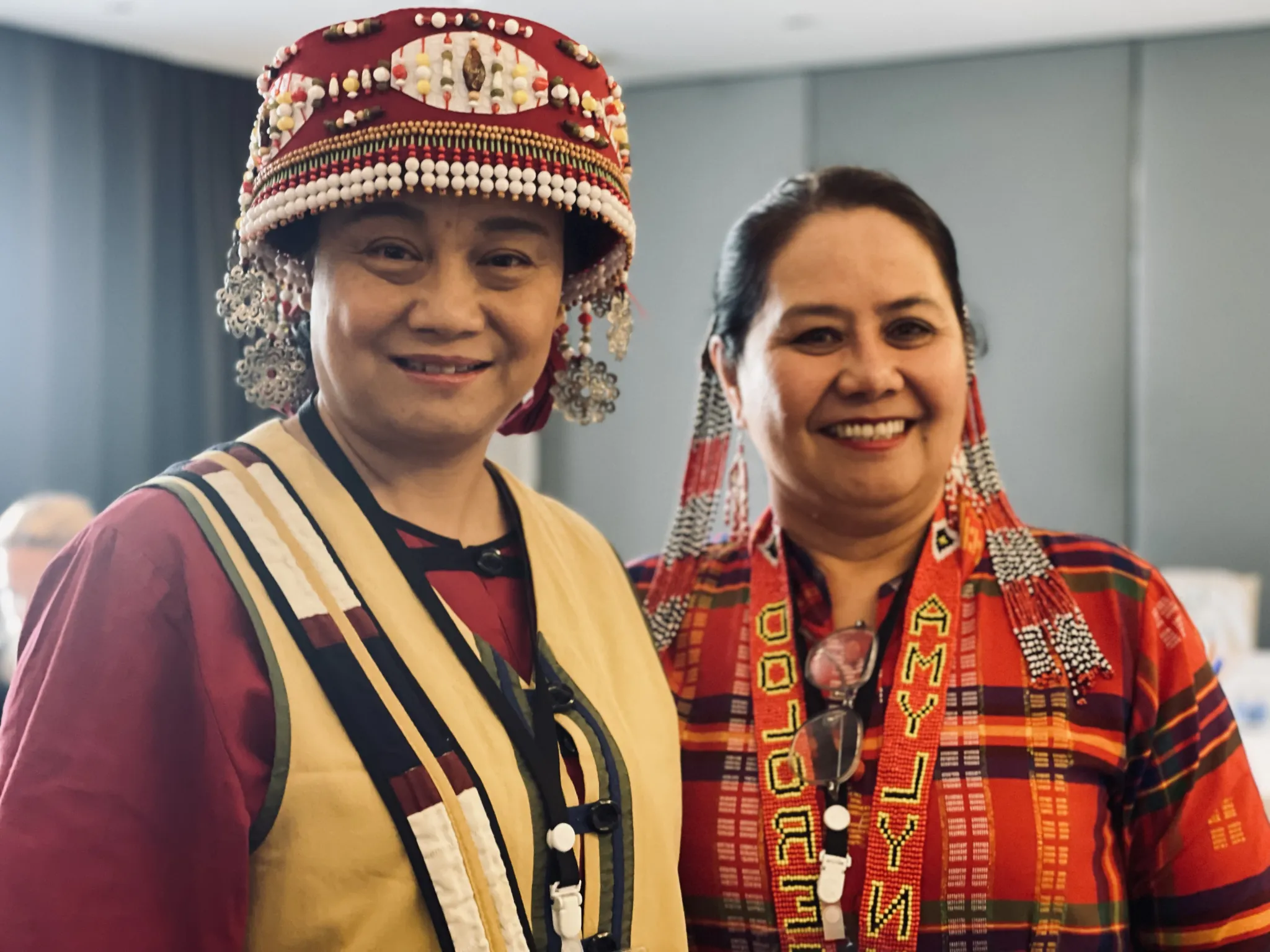Indigenous dialogue strengthens advocacy in Asia
Despite being home to the largest number of Indigenous Peoples in the world, Asia has some of the most exclusionary practices towards them. For example, wide gaps in legislative and institutional frameworks leave Indigenous communities vulnerable to rights violations.
Despite the challenges posed by shrinking civic space, Indigenous Peoples in Asia have developed innovative strategies to assert and protect their rights. In Nepal, for example, the Tharu community has revitalized their traditional Barghar system, where the Barghar, akin to a ward chair, plays a central role in local governance. This system allows the Tharu to maintain their cultural and legal autonomy within the broader state framework.
‘If we are not part of the [national] government, who will fill in the gap? There should be Indigenous or Indigenous-minded people as part of the government.’
| Funding | Core |
|---|---|
| Theme | |
| Pillar(s) |
